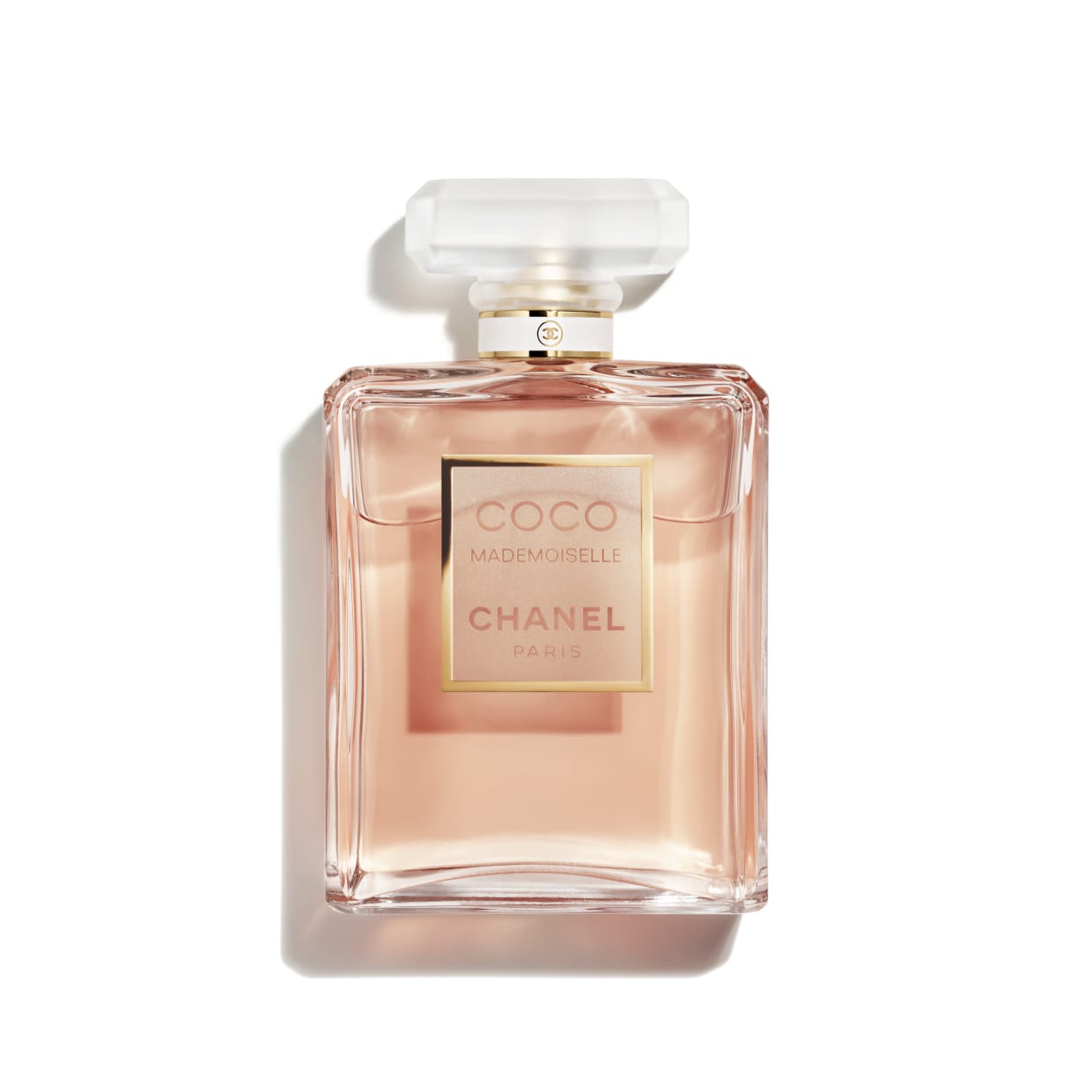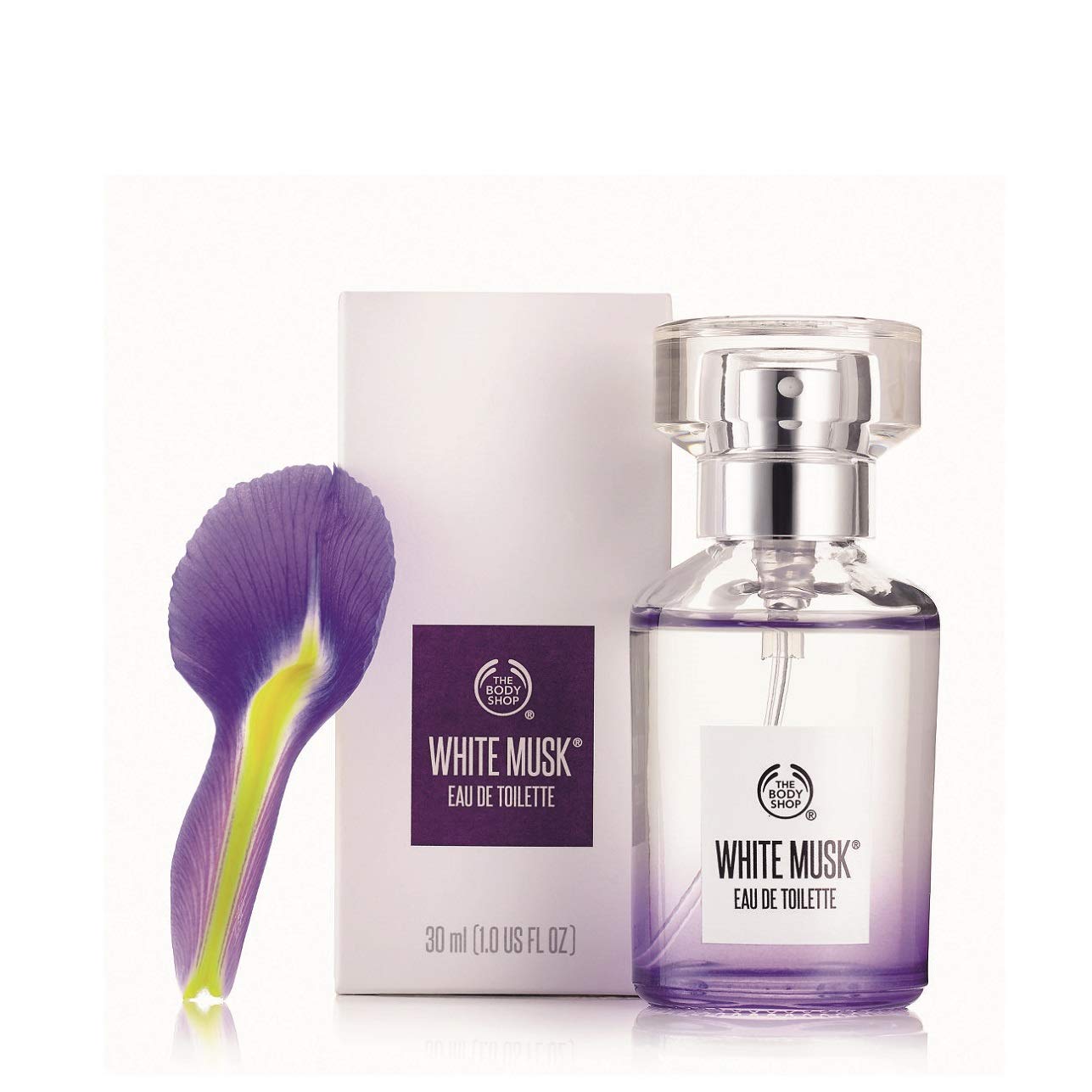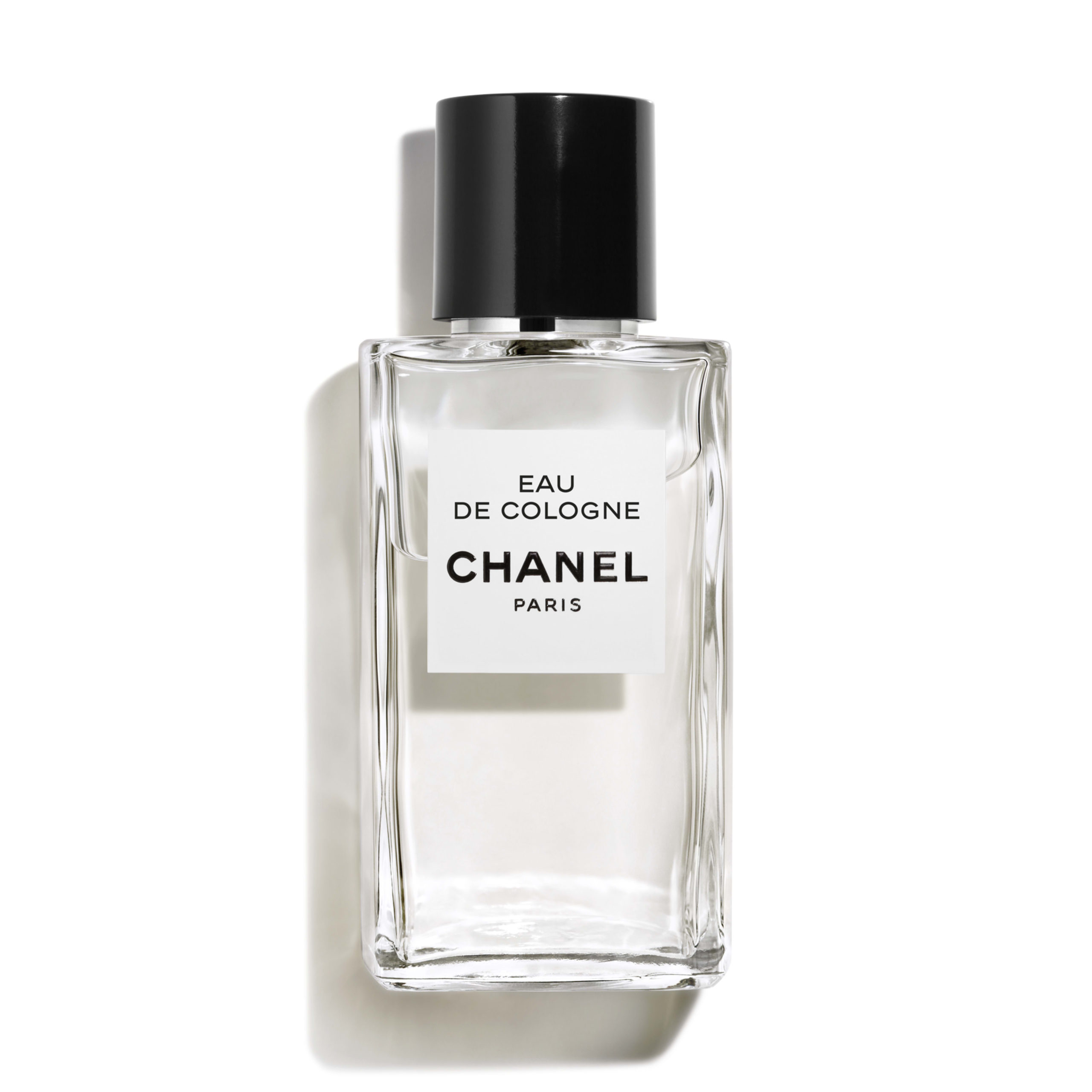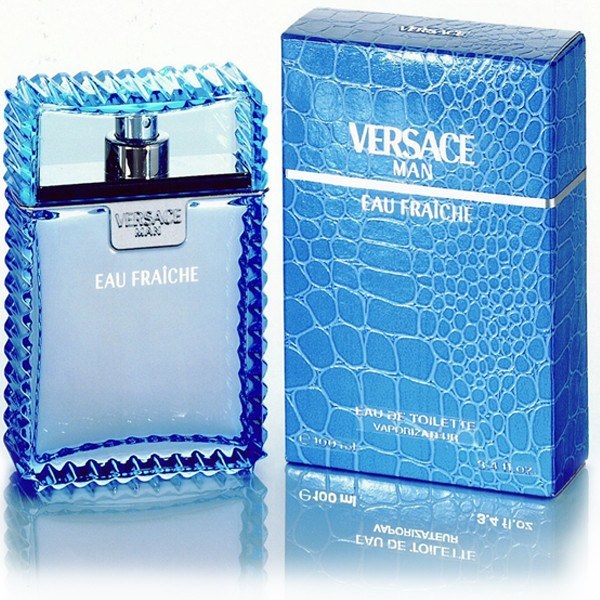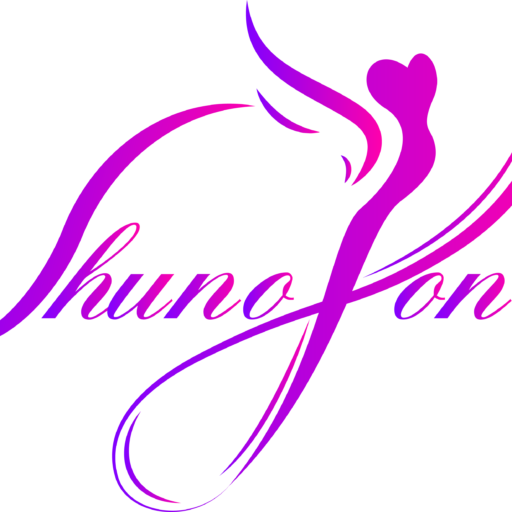In this world, who does not want to smell good?
But the fact is, smelling good is not the purpose only. Smelling better than someone (particular) is the purpose. So, in this intellectual competition, if you want to express your personality through fragrance, then you have no other option but to use branded perfumes.
But which 0ne should you use? Which one is the perfect one for you?
To find out the outcome, you need to have in-depth knowledge about the “concentration of fragrance.” In the article, we will discuss the types of fragrance and other related criteria.
What Is The Concentration of Frangrance?
Have you ever thought about how a perfume of “Ferrari” sustains for 8 hours, and perfume from “Brand X” vanishes within 2 hours?
It’s due to the concentration of the fragrances. Usually, the concentration of the fragrance varies from 0.5% to 40%.

A perfume having a 2% concentration of fragrance will surely be faded before the perfume having 15% concentration.
In a sentence, ” the density of the fragrance molecule in the total solution determines the concentration level of the fragrance.”
How Many Types of Perfume Are Available?
There are five types of perfumes available in the market.
- Perfume
- Eau de Parfum
- Eau de Toilette
- Eau de Cologne
- Eau Fraiche
Each of these categories is the concentration of a fragrance. The fragrance is made with perfume oil that is diluted in alcohol and water. And depending upon the intensity of essential oils are used depends on what kind of concentration it is called.
Now we will describe briefly about each of the types-
1. Perfume
Perfume, in English known as perfume extract, pure perfume, or simply perfume and comes from the Latin word that means “smoke.”
The perfume contains the highest percent of perfume extract of any product available and generally tends to be a more substantial, oilier product than other scents. On average, it contains anywhere from 15% up to 40% perfume essential oils in it.
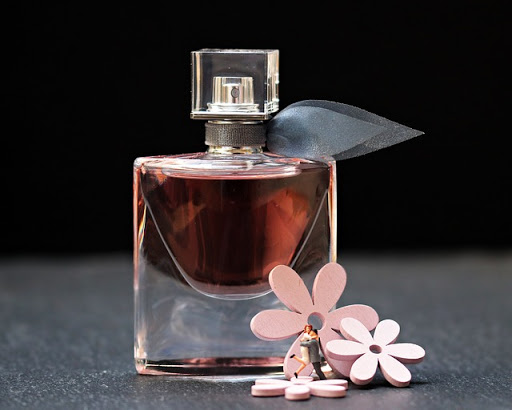
Most of the time, this product is trouble-free to identify, even before reading the label, because it usually comes in more massive bottles that are furnished with ornate stoppers.
You’ve probably noticed, Parfum is not only the most substantial of the perfume varieties but is also the most expensive type of product. It’s also generally a product that you can rub on specific pulse points and isn’t used all over the body.
Perfume is the most powerful and potent of your fragrances. They’re also not as popular out there, so you are probably not going to find them very often easily.
2. Eau de Parfum
You will find a lot of women’s fragrances our Eau de Perfum concentration, which is one reason is why they cost a little more. Now tour mileage may vary from, of course, with your application, and with your skin, they don’t last long.
It is a combination of 10% to 15% perfume essence concentration in its formulation. It has slightly more alcohol, and water in its formulation than perfume does, but still have a high level of essential perfume oils. It also means that Eau de Parfum is usually lighter and doesn’t have the longevity of most perfumes.
Eau de Parfum is more potent and lasts about ten to twelve hours sometimes. They mostly found in women’s fragrance and also found in delightful aromas and indie houses.
3. Eau de Toilette
Eau de Toilette has a fascinating history when you at the term outer toilette. A lot of people say it sounds like a toilet. But a lot of times, with translation from one language to another, we often lose the subtleties from the original language.
The term doesn’t mean the toilet; it derived from a cloth called a toile. A toile was a scented cloth, and they imbued heavy fragrance into this cloth over a long period. As sanitation and bathing weren’t widespread, then as it is now what people would do was they would wake up and take the toile and would rub it on their bodies and erase the scent from the sleep a previous night from their body.
So literally, it was translated in France as “toilet water” but more appropriately described as “grooming water.”
It is lightly fragranced cologne, which is used as a skin freshener. It is also called “aromatic waters.” It has high alcohol content. It is usually put directly to the skin after bathing or shaving. It was initially a combination of alcohol and multiple volatile oils.
Traditionally Eau de Toilette was named after a principal ingredient, such as geranium water, lilac water, lavender water, violet water, the spirit of Myrcia, and ‘Eau de Bretfeld.’
In modern perfumery, “Eau de Toilette” is used to describe the concentration of fragrance. It is weaker than Eau de Parfum but stronger than Eau de Cologne. It is a combination of 4% to 15% level of essential oils in its formulation.
Eau de Toilette is an extremely light formula that is most often sold only in spray bottles. Because of the quick dissipation is why many people use it only for day-to-day use. It usually lasts between six to eight hours, depending on what types of ingredients are using. It is mainly for men.
4. Eau de Cologne
The term Eau de Cologne comes from Cologne, Germany. It means “Water from cologne.”
When an Italian perfume maker fabricated what was mostly called Eau De Cologne, he desired to make a scent that memorized him of his Italian home. He was moved into Cologne, the largest city in Germany.
However, he was getting homesick. So he fabricated Eau de Cologne, which was an aromatic citrus fragrance, and it was reasonably light concentration. Modern-day Eau de Cologne’s are not as generally popular as Eau de Toilette.
Eau de Cologne is a generic term for scented formulations in a typical concentration of 2%–5% of essential oils. The term also depends upon its type of essential oils or a blend of extracts, alcohol, and water.
In a dilute of ethanol (70–90%) base, Eau de Cologne contains a combination of citrus oils including oils of lemon, orange, lime, tangerine, bergamot, clementine, grapefruit, blood orange, and bitter orange. It can also contain oils of neroli, rosemary, lavender, thyme, oregano, petitgrain (orange leaf), olive, jasmine, the wild olive, and tobacco.
The concentration makes it not only an extremely light product but also an extremely inexpensive product. It is usually citrusy and lasts a couple of hours.
You will find them out there in markets, but we usually warn people not to buy Eau de Cologne because they are not as strong as Eau de Toilette. Typically you may have one to three hours max out of known de Cologne now.
There is nothing wrong with that, but you have to know to go in you do find kind of modern twist in Eau de Cologne, which is like Tilley Cologne. It has a whole line that is in the vein of traditional Eau de Cologne, which is citrusy aromatic, but it has a modern spin on it, and their concentration is higher.
5. Eau Fraiche
Eau Fraiche is not only one of the most inexpensive perfume available, but it has one of the lowest concentrations of essential oils within it.
Most Eau Fraiche perfume contains anywhere from 1% to 3% of essential oils. Since they have such a small intensity of essential oils, they are usually extremely light and dissipate within an hour or two.
Yes, that’s right. Eau Fraiche only lasts about an hour. A fun fact about the product is that its name means freshwater, which is easy to see why after you buy it. After all, it’s scented water that you spray on to freshen up.

